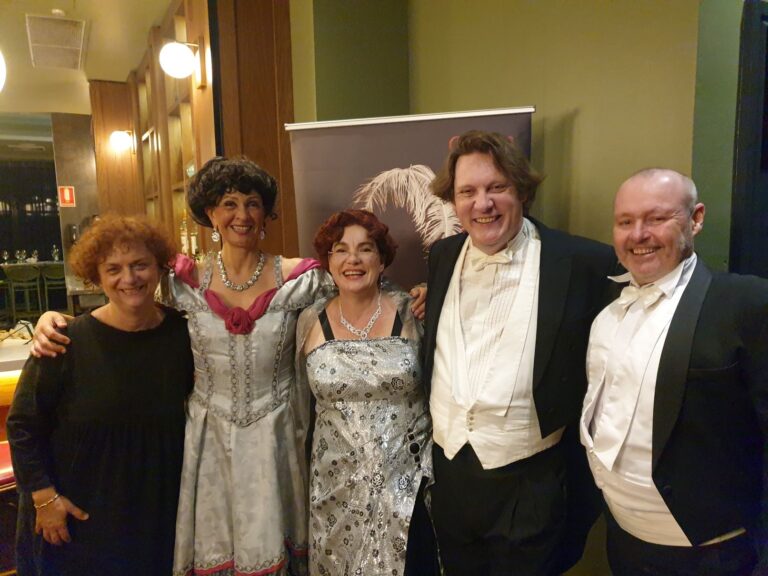
Love your city weeds
The subtitle of my new Book Roots of Civilization is plants that changed the world. Exactly how many such plants are growing in the inner city of Sydney?
I couldn’t begin to count them. They’re called weeds. Pesky little sods that grow along railway lines, in your garden bed and spring up as soon as there’s any bare patch of land. But there’s more to weeds than you might think.
Indeed the very first ‘plant’ to emerge from the primordial soup was a weed – blue-green algae. In The Origins of Life on Earth, Leslie E Orgel wrote: “When the earth first formed, it was a lifeless, inhospitable place; a billion years later, it was teeming with organisms resembling blue-green algae.”
So when next you see scum on a pond – that’s life.
But what is a weed? Turns out no one’s sure. There are a number of definitions. First, ‘any vegetable or fungus interfering with the objectives or requirements of people.’ Weed as pest. That’s how you feel about the asthma weed that crops up all over. Kill it. Pull it out.
But then there’s another definition: ‘any plant whose virtues have not yet been discovered.’ I like that. Take petty spurge – it grows all over Sydney’s inner west, botanic name Euphorbia peplus. It’s recently been discovered to be an effective treatment against certain types of skin cancer, specifically basal cell carcinomas. Weed or lifesaver?
And how about that thistle I pulled out of the ground near the canal in Jubilee Park this morning? Weed or food? The Greeks have a whole classification of foods called horta – wild greens. Eleni Conists, the mother of the chef at the Civic Hotel, Peter Conistis is famous for her hortapita, wild green pie.
So there you go. World changing, lifesaving, delicious – they’re all around you. They’re weeds.
Roots of Civilisation: plants that changed the world
By John Newton
Published by Pier 9
$69.95









